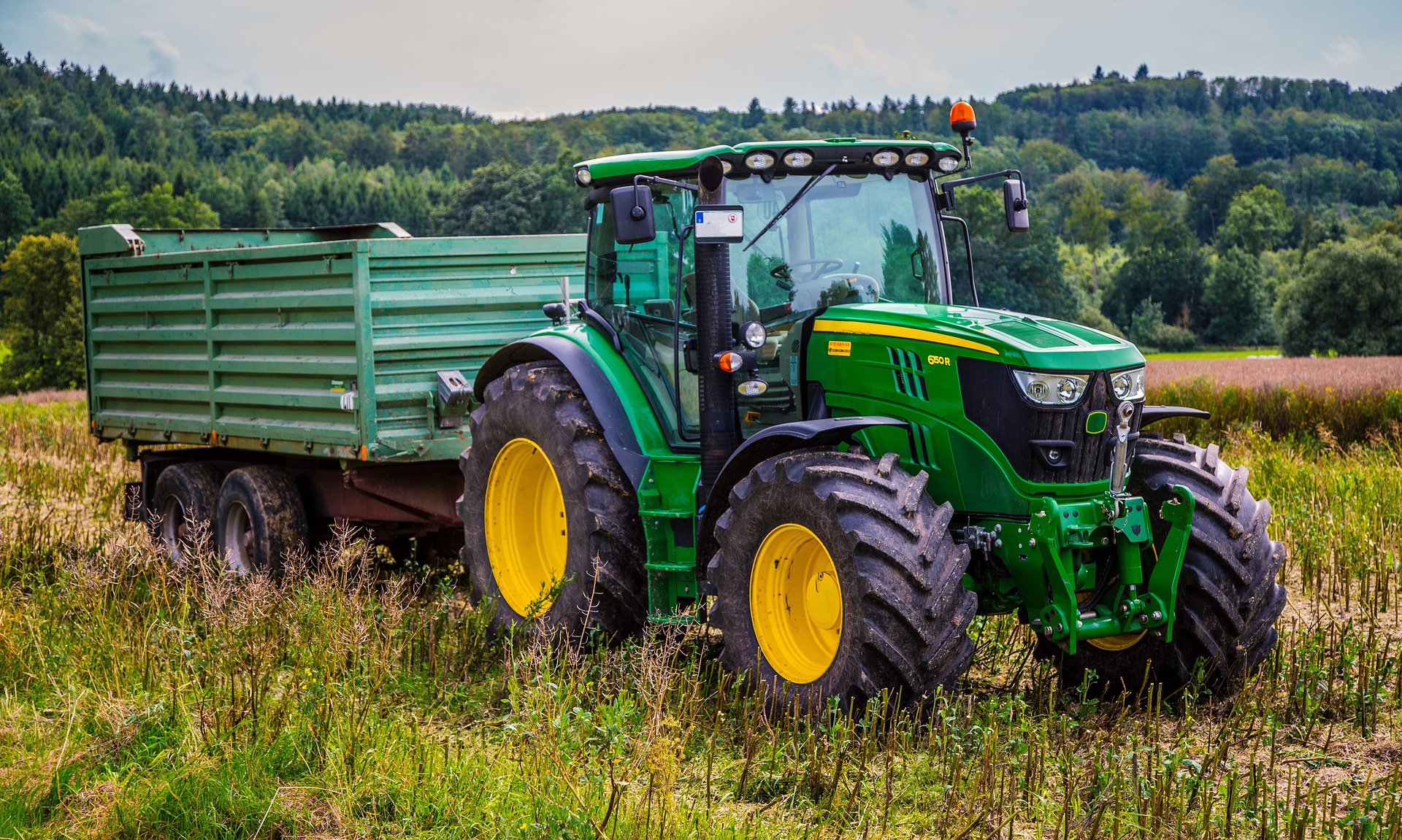In surfing the internet, you may have seen very good deals on almost new but used agricultural equipment in America. The prices look great, but you still need have it shipped to you. The dealer that you purchase the equipment from should be able to do it for you, at least to the arrival seaport. There are several steps that a machine should go through for the export process.
The equipment should be export ready. By this we mean the dealer should have it inspected in his shop to ensure it is “work ready”. Nothing is worse than having a machine arrive in your country and something is wrong with it and must be fixed there.
Buy from a dealer that can make the shipping arrangements for you. A good export dealer should know how to do this. There are several ways it can be shipped so you must decide how you want it done.
Roll-on/Roll-off: The simplest way to do this is by Roll-on/Roll-off. This method allows you to receive the machine fully assembled and ready to work. This method is just like it says, it is driven onto and off the ship. This is generally the most expensive way to ship the machine. This is reserved only for drivable equipment. Other equipment such as planters and harrows must go in containers. Roll-on/Roll-off services utilize cargo ships designed to carry wheeled cargo, including cars, trucks, trailers, railroad cars, construction, and agricultural equipment, and more. They are typically used for international equipment shipments traveling to and from the United States and other parts of the World.
Flat Rack. Flat rack containers are special shipping containers that are primarily used for transporting oversized or uniquely shaped cargo that can’t fit inside standard containers such as large machinery. They are open on the longer sides, making loading and unloading of various sizes and shapes of cargo quick and convenient. Flat rack containers are built with reinforced frames and strong corner posts to withstand heavy loads and provide stability during transportation. They come in standard 20 feet and 40 feet sizes and are designed to carry heavier and more concentrated loads than standard containers. Equipment shipped on Flat Racks normally comes fully assembled.

Containers. Most equipment can be shipped in containers as SKD (Semi Knocked Down) and some equipment must go SKD in containers. Another reason for using containers is that some seaports are designed to handle only containers and do not have facilities for Roll-on/Roll-off ships. To fit in containers, most equipment must be partly disassembled (SKD). The equipment is then reassembled at the destination by the buyer. If the buyer does not have the expertise to reassemble the equipment, most good exporters can recommend a contractor to help in the reassembly.
Lift on Lift Off. This shipping method is not used very much in recent years as ship design has shifted to the more efficient Roll-on/Roll-off and container/flat rack designs. In this method the equipment is shipped fully assembled.
With the Roll-on/Roll-off method of shipping there may be a minor exception to fully assembled. To cut down the shipping cubic dimensions of a combine harvester the outer front dual wheels and the main discharge auger may be removed and shipped with the platform or header which must go in a container. If no platform or header is purchased with the combine harvester, then the outer dual wheels are shipped on a pallet with the machine. The auger stays on the machine.
Arrival. When the machine arrives at port it is the responsibility of the buyer to arrange the customs clearance and transport to the farm. So the buyer must hire a customs broker.
All this looks very complicated but with the help of the dealer that sold you the equipment all this should be very easy.
AHW LLC a large John Deere dealer in the USA (https://www.ahwllc.com/learn-more-about–ahw-export) is very experienced in the worldwide export of used agricultural equipment. They would be a good start for your investigation of purchasing one of the very good equipment deals from America.









